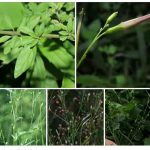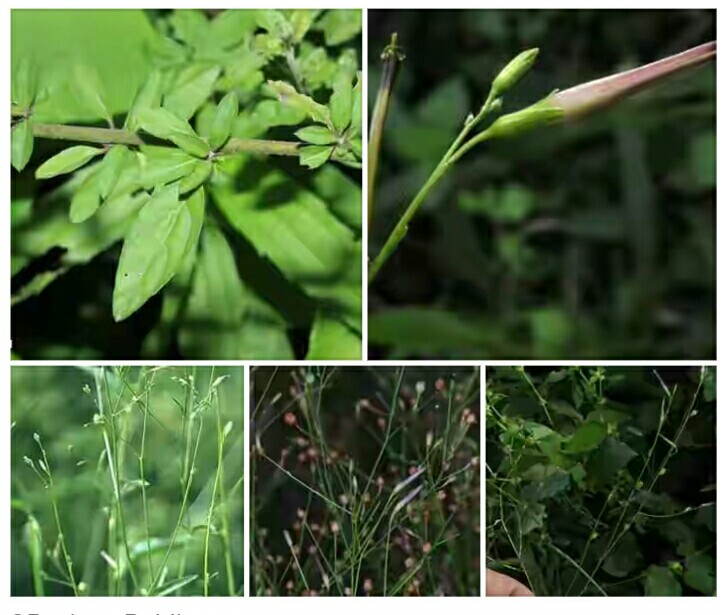Schwenckia americana L. (Botanical name) or Dandana (Hausa): A perennial herb highly valued in West Africa for the traditional treatment of many diseases
DESCRIPTION AND OCCURRENCE: Dandana is an erect slender-branched herb 1-3 ft. high with greenish-yellow flowers; weed of cultivation. This thin herbaceous weed found in parts of West Africa is a common ingredient in many herbal remedies used in the region. S. americana is distributed in almost all geographical regions of Nigeria and is an important ingredient of the popular ‘Agbo” mixture used in various diseases conditions. It can also be found in S. America – Argentina, Paraguay, Brazil, Bolivia, Colombia, Venezuela, the Guyanas; C. America – Panama – Mexico; Caribbean – Cuba to Windward Isles.

Health Benefits of Schwenckia americana
The aerial parts of the Dandana plant are widely valued in West Africa to treat diseases of babies and small children. A leaf decoction is given to pregnant women when the foetus develops too slowly and is taken by breast-feeding women to prevent diarrhoea of the baby. The roots are chewed to cure respiratory diseases in children. A root decoction is given to babies as a purgative. An infusion of the aerial parts is used as a mouth wash to cure infections such as aphthae. The plant sap or a decoction of the whole plant is applied as eye drops and nose drops to treat headache, sinusitis and conjunctivitis. In different preparations the crushed whole plant, alone or combined with other plants, is externally applied to relieve intercostal pain or pain caused by swellings, rheumatism, arthritis, stomach problems, hernia and gonorrhoea; it is also applied as an anthelmintic. The crushed leafy stems are applied to the skin against measles and chickenpox. A poultice made of the leaves is applied to whitlow and athlete’s foot. Powder from leafy twigs is inhaled to cure convulsions with fever. A decoction of the whole plant is drunk to cure cough, asthma and weak lungs, and as a purgative in cases of poisoning and is used by adults as a laxative. A leaf decoction is drunk and applied externally to bring fever down and to cure oedema. In Ghana and DR Congo, a leaf infusion is taken to treat female sterility. A root decoction is taken as a laxative. In India, both fresh and dried leaves are used as an anthelmintic. The whole plant is pounded to pulp for use as an effective fish poison. Roots and stems are used as chewing sticks for cleaning the teeth. A water extract of the leaves showed low antimicrobial activity against Proteus mirabilis and Staphylococcus aureus, but no inhibition of Pseudomonas aeruginosa and Escherichia coli.
These are the thoughts of:
Sa’eed Halilu Bawa
Senior Lecturer (Associate Professor) at University of the West Indies, St. Augustine Campus, Trinidad.
Studied Food and Nutrition Sciences, Dietetics at Kaduna Polytechnic, Nigeria; Warsaw University of Life Sciences, Poland.
























